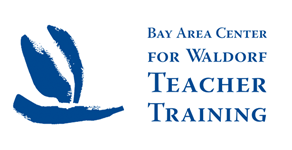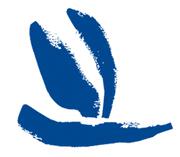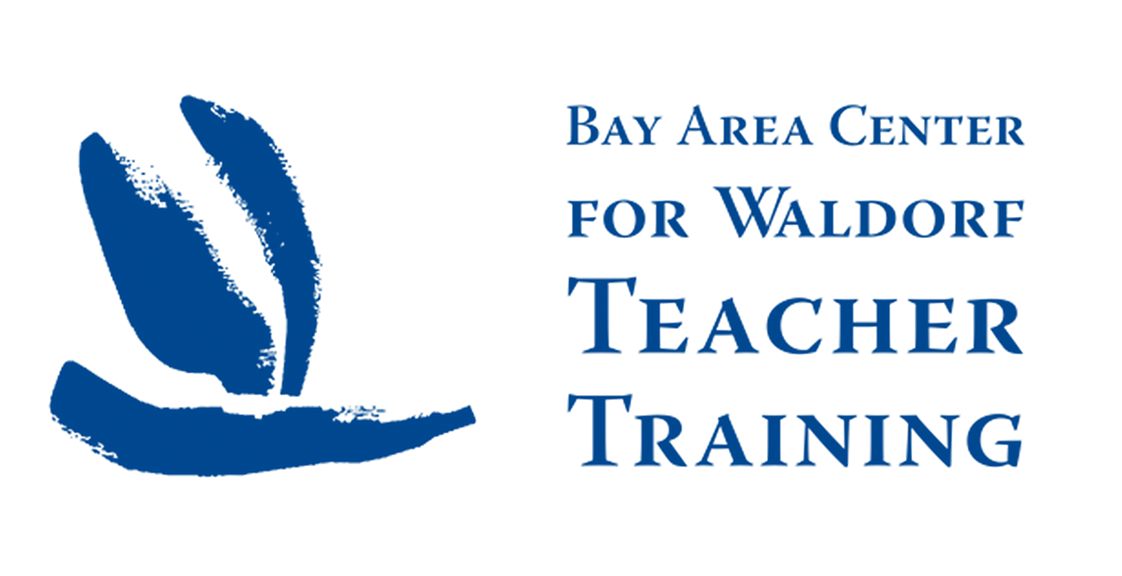Dear BACWTT Students, Alumni, Friends and Colleagues,
Here is the Calendar of the Soul verse for this week:
Verse 48
‘I feel the strength of universal being’
Thus speaks clarity of thought,
Remembering my own spirit’s growth
In the darkness of world’s night
And to the new world day to come
Inclines the inner rays of hope.
In the first line of this week’s verse, we hear the expression “universal being.” Steiner puts this line in quotation marks, emphasizing that it is an idea that is spoken out loud – it is a spoken statement that comes from our clarity of thought. Many times in the Calendar of the Soul, Steiner used this grammatical device to give voice to something that is slumbering in our soul. There is something remarkable that we do not usually notice in our human nature: that we need to speak things out; that they only really make sense or become clear once we have spoken them, once they are out in the open.
This is something unique and mysterious – the connection and relationship between thought and speech in human nature – that the popular image of the workings of the human brain does not explain. We do not think things out clearly in our heads and then afterwards speak them; we think them as we speak or just slightly in advance of speaking! Of course, if you are preparing a lecture or class, or writing a thesis, you may spend a lot more time than usual crafting your thoughts and language. But most of the time, speech and thought are happening almost simultaneously. The workings of our organs of speech are actually shaping our thoughts – in the quick back and forwards taking place between the sounding out of words and the inner organizing of thought intentions. In her recent workshop, Nancy Mellon expressed the importance of this for teachers – that they listen to their own speech as they are speaking, not in an overly self-conscious way but to sense inwardly and develop a practice to ensure that their feelings are flowing into their words; to check that the opposite isn’t happening and that their words are not mere abstract thoughts devoid of personal connection.
Steiner had some interesting ideas connected with this. One is that the larynx is the “head” of the rhythmic system. The other is that the jaw is the “limb” of the head. These thoughts help us to sense more deeply into the mystery of speech – where the limb of the head and the head of the chest interweave and create a space in which the inner life of thought can find its way out into the world. Ideas about evolution, where one thing that is logically – under the influence of outer forces – developing out of the thing before it, does not do justice to the momentous breakthrough in pre-history when human speech blossomed forth on the earth.
The Goetheanum building in Dornach, Switzerland, which was created by Steiner, has at its center the place where the stage and the auditorium intersect. There is the lectern, where a speaker will stand bringing his or her speech into the world. In some ways, the whole building centers around and makes the space for this activity.
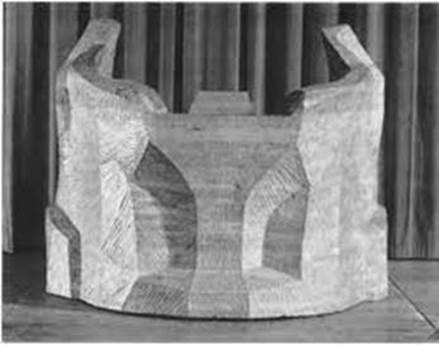
Have a look at this talk by Lera Boroditsky https://www.youtube.com/watch?v=RKK7wGAYP6k that explores the connection between language and thought – the diversity of language and the diversity of thought, and how language shapes our ability to know the world in different ways.
Nature this week is turbulent. With storms and hail, bright sunshine and dark shadows, delicate, budding plants and colorful flowers contrast with dark, stormy skies. In the nearby vineyard this morning, the frost protection propellers were beating like a helicopter to keep the air moving and protect the budding vines from frost damage. It is a season of risk! The kingdoms of the plants and animals begin to take risks now – flowering, building nests, endangering themselves for the new generation. If we allow our imagination to live into this season, we will come to the archetypes of stories that pit youthful innocence against gigantic, ancient and unfeeling powers. The youthful, prepubescent child against frost giants!
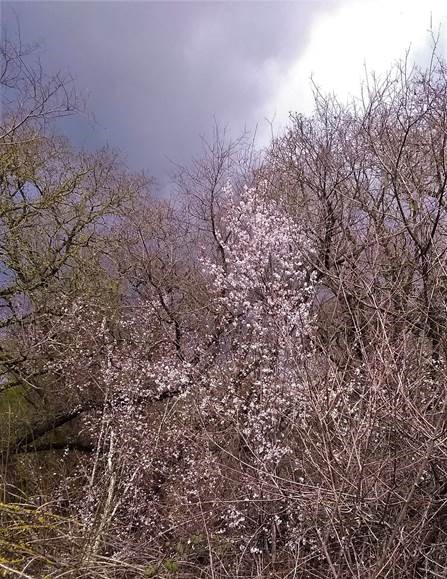
We should be glad that nature has this energy to express herself and to fulfill the passing of the season, from winter into spring and onto summer. At our Waldorf teachers conference a few years ago, keynote speaker Florian Osswald was asked, “With all the change and disturbance that is happening, what is it that we can depend upon as teachers?” He replied, “The organic unfolding of the process of child development. That the etheric body, which guides these processes, is still intact” (These are not his exact words). We know that these natural forces are at risk and we should be grateful that nevertheless the etheric body has its ancient wisdom to proceed in an orderly fashion. We must support it and try to reduce the harmful effects that modern life and technology has upon this precious gold.
The same is true of nature: the etheric life body of the earth still has its wisdom. We haven’t destroyed it yet and we must do all we can to prevent further harm.
The Calendar of the Soul is a modern bridge-building device that connects the inner world of the human being to the inner life of nature. By reading, by “practicing” the Calendar of the Soul, we can support nature. In a way that is similar to the practices of ancient human beings and is still held by indigenous peoples who “participate” in nature, we can strive to support nature through our consciousness. Of course, we must do everything in our power to update our technology so that it is less harmful, but we must also not forget to provide the inner connection that nature needs from us. The Calendar of the Soul, as a practice, is not only for our benefit, but also in some mysterious way for the Earth.
In the last line of this week’s verse, we encounter the image of inclining and of rays. As we are approaching the equinox, the idea of the inclined axis of the Earth is recalled. From what we understand of the Earth’s movement around the Sun, the incline of the Earth’s axis creates the seasons. When the northern hemisphere leans away from the Sun, we are in winter; when it leans towards the Sun, we are in Summer. At this time of the year, we are near the equinox and the incline of the Earth does not affect the northern or southern hemisphere – as it is not inclined toward or away from the Sun, but rather out into space. We could say that the incline doesn’t matter at this time, but I would rather say the Earth is inclined towards something else – a different direction – and is feeling the relationship to other aspects of the cosmos that are further away.
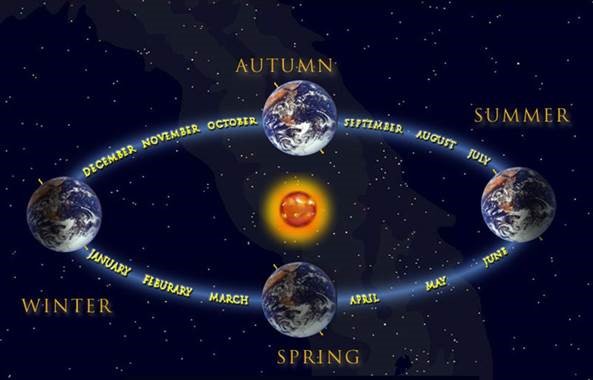

We could also consider that in the change from the incline of winter through to the incline of summer, we pass through a period of uncertainty – the incline is not related to a distinct object – the Sun – but is leaning into distant space – creating a period that is filled with risk and opportunity.
As we move into the second 100 years of Waldorf education, it feels as though we are at risk of forgetting some essential ideas of Anthroposophy. It’s not deliberate; it’s just that if we do not consciously renew them, they will pass into forgetfulness. The ideas need to be rethought and renewed, reworked for our own circumstances. Ideas about the way the young human being develops uprightness, language and thought during the first three years of life, for example, and the miraculous, mysterious appearance of speech, has to be a key to supporting the young child.
Ideas concerning the “universal being” that opens the verse this week is another key. Ideas such as these are gifts that Waldorf has to offer the world in our time – to provide balance and to do battle with other ideas. As we are carried into more materialistic and mechanical ideas about the human being the idea of universal being, a non-physical image and ideal can be an antidote – not to avoid the struggles of identity in our time, but as a guide for our striving.
In the last of the lectures of The Younger Generation, Rudolf Steiner suggests something unexpected. Paraphrasing, he says that in our time – that is strongly under the influence of Ahriman and comes towards us from the outside, surrounding us with technology – we need something else that comes from the outside to meet this and to counteract it. We need another thing from outside – an image or idea. Where shall we look for this? Are mediaeval images of Michael appropriate? Steiner created his sculptural “Representative of Humanity,” but we can repeatedly hear him say that it was only a first attempt.
Contemplating “universal being” can help to create an image of the human being in the future, after the particular challenges of this era have been worked through. We can build this image so that it can call us from the outside – and help to build a sense for where we are heading and what needs to be created to navigate through our time.
Ken
Kenneth Smith
Director
BACWTT
